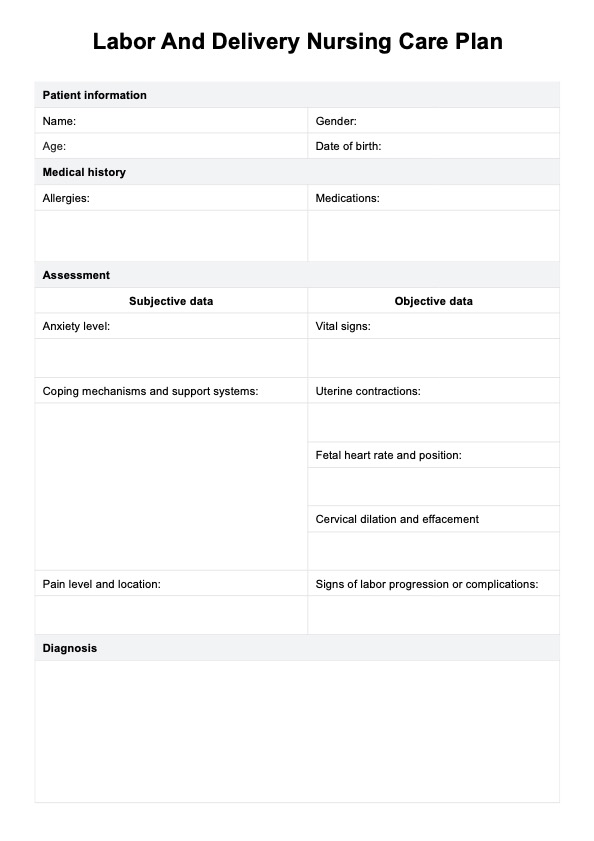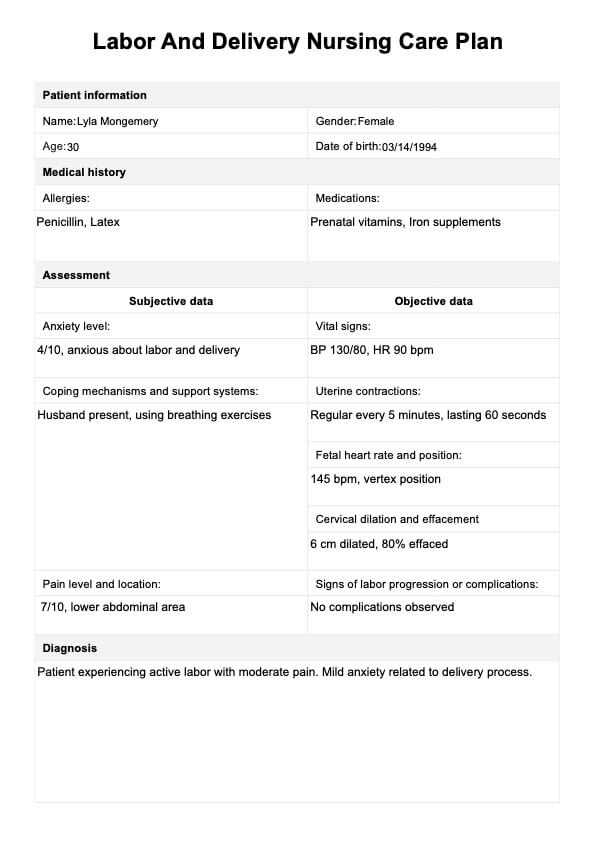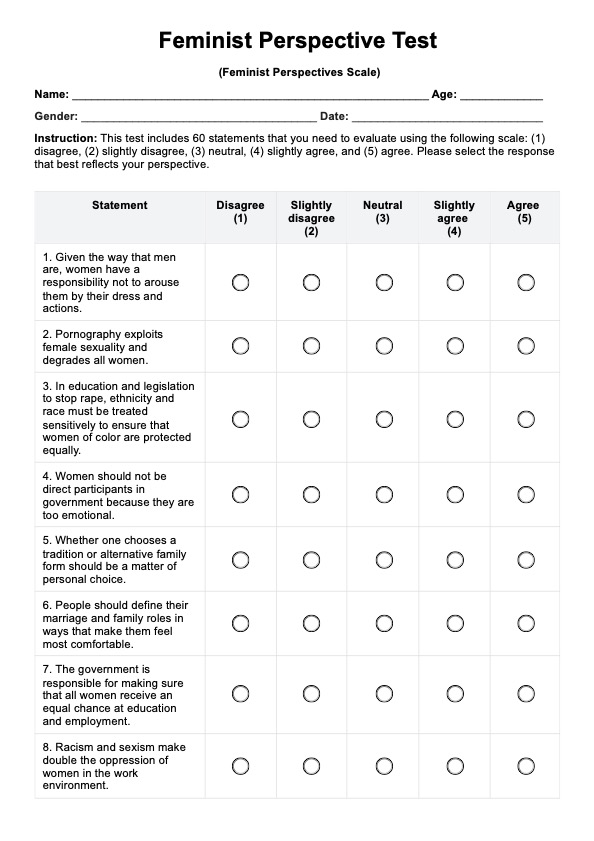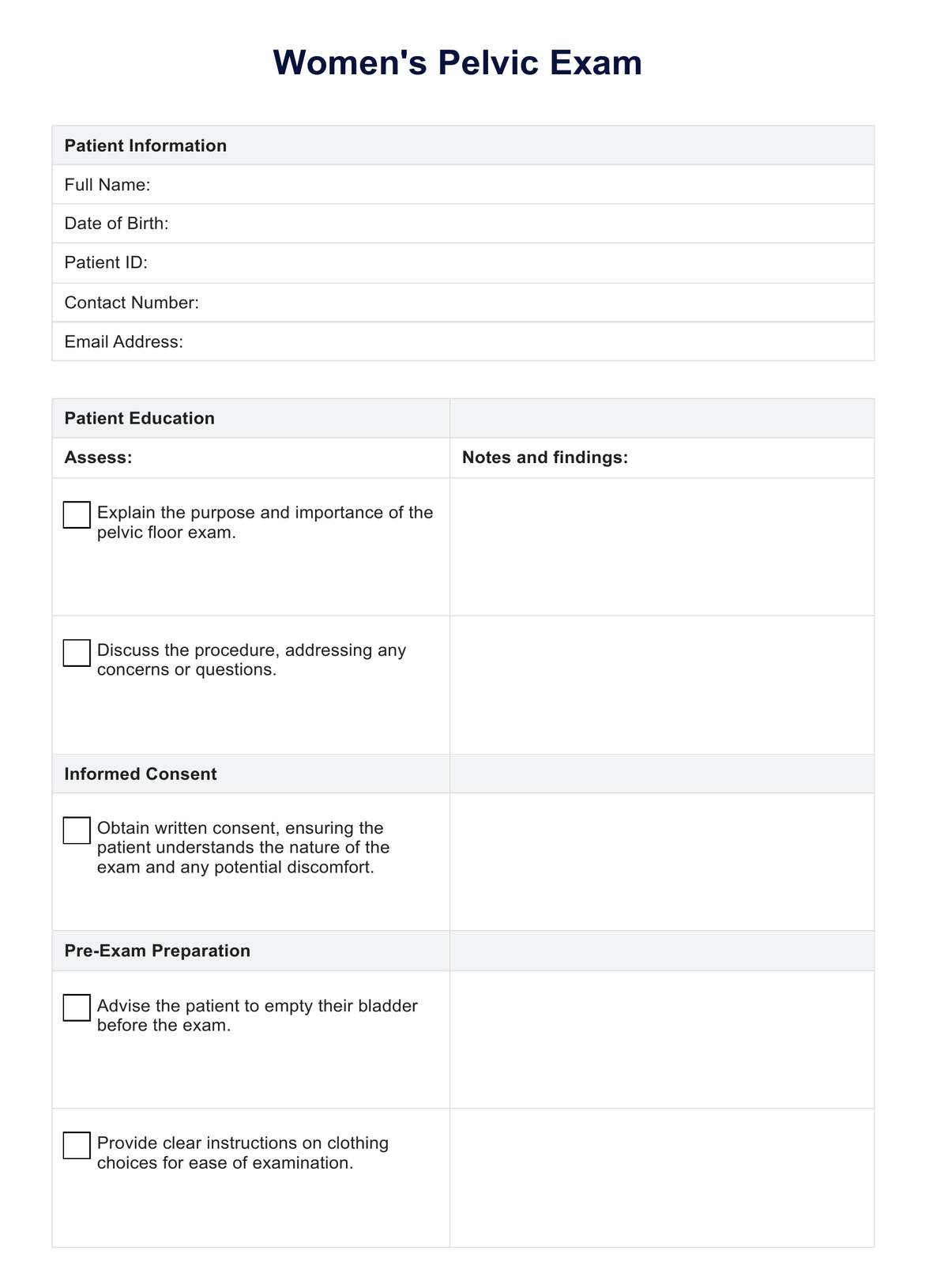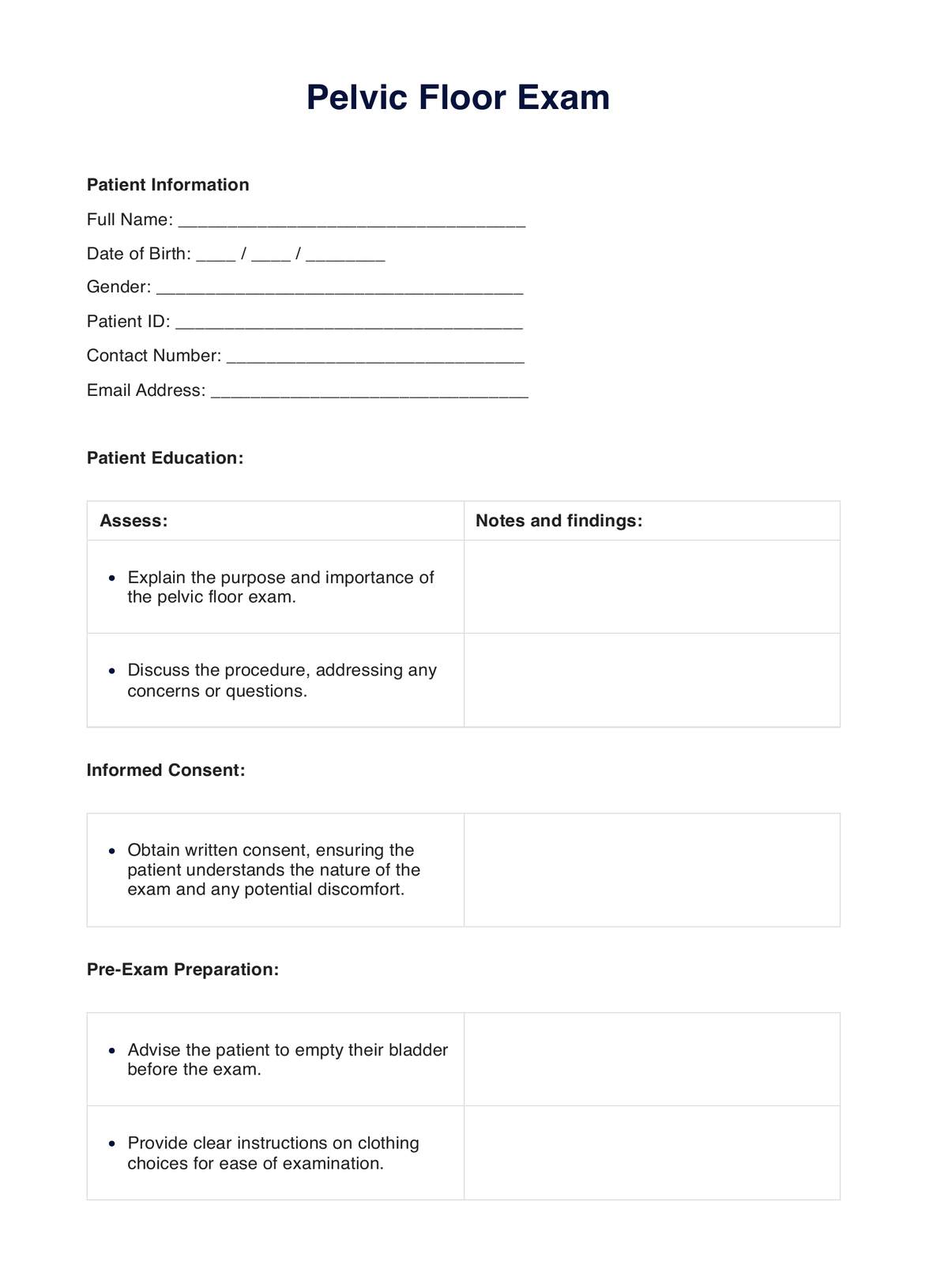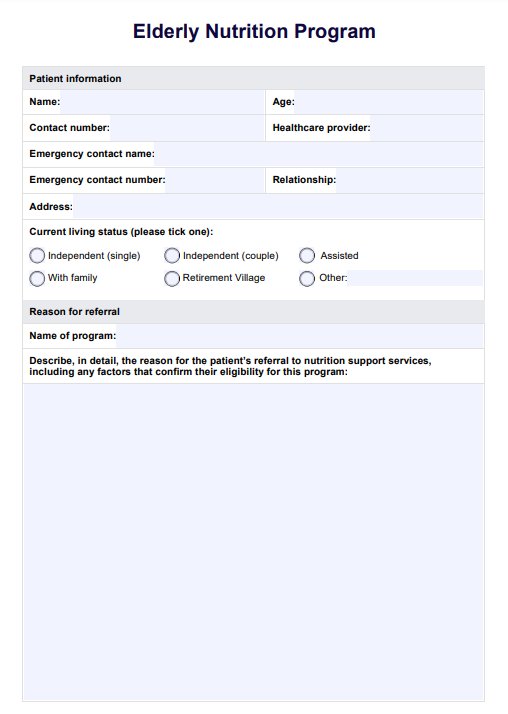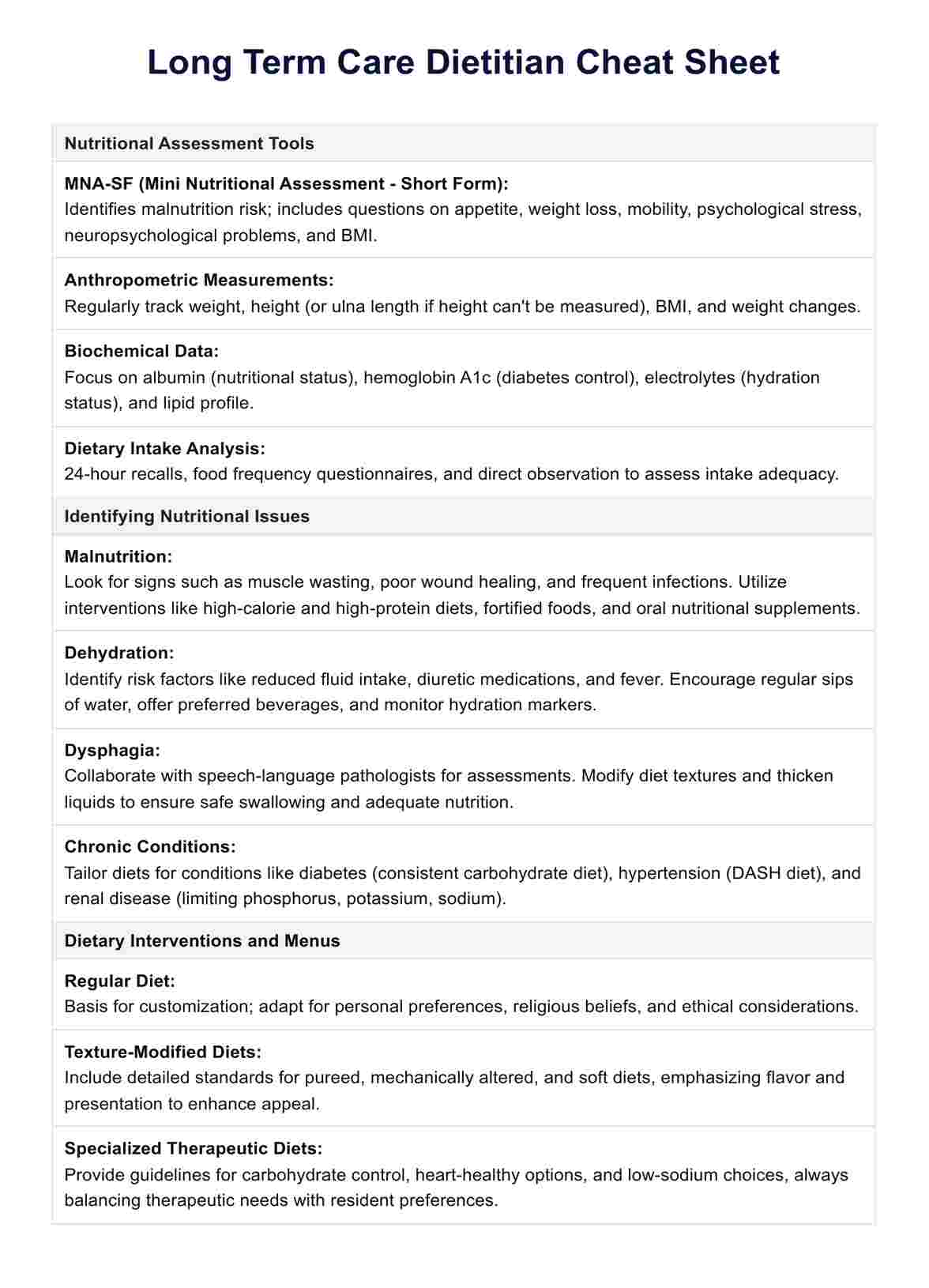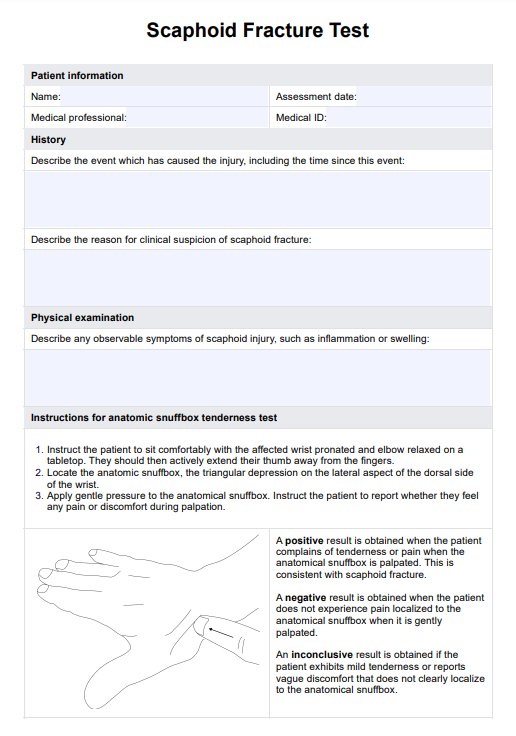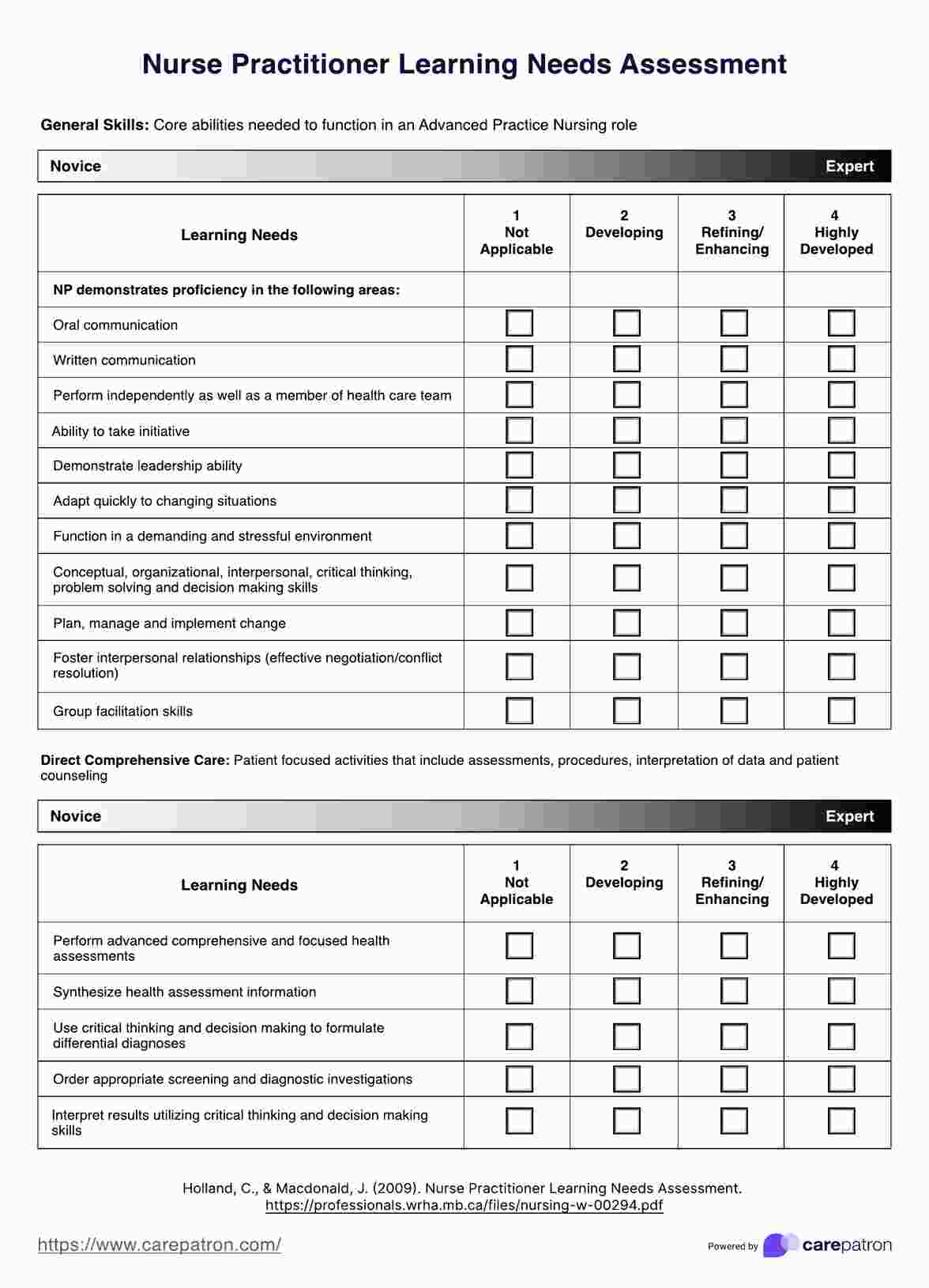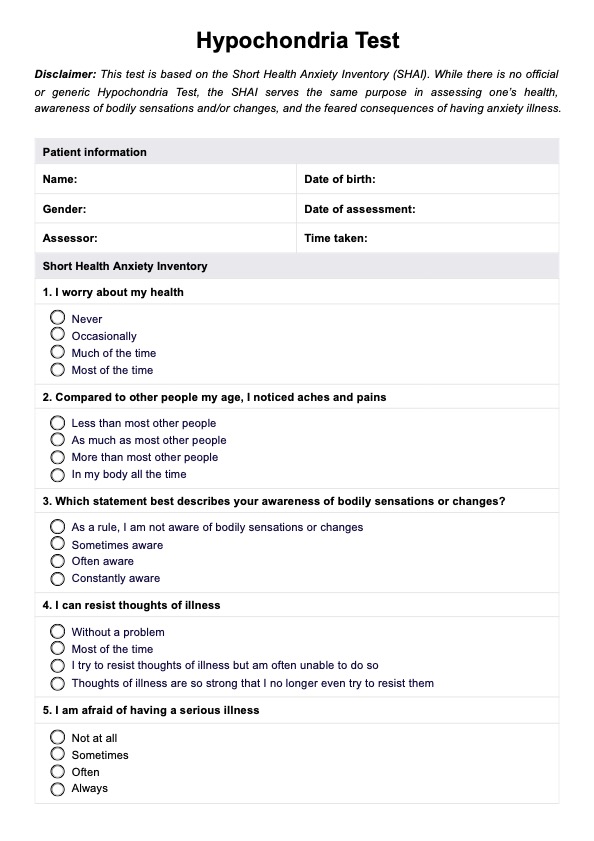Labor and Delivery Nursing Care Plan
Discover our comprehensive Labor and Delivery Nursing Care Plan Template, including a detailed example. Essential for healthcare professionals. Download now!


What is Labor and Delivery Nursing Care Plan?
A Labor and Delivery Nursing Care Plan ensure safe, personalized care during one of the most critical moments in a woman's life.
This template guides nurses and healthcare providers through a systematic nursing process that includes detailed steps for assessing, planning, and implementing care based on the individual needs of the mother and baby. It prioritizes monitoring vital signs such as blood pressure, heart rate, and temperature to ensure the mother and baby's health is stable and detect any potential complications early.
A key feature of the template is its ability to help healthcare professionals identify signs of fetal distress or abnormal labor, enabling them to take timely action to protect the baby’s well-being. By regularly assessing blood pressure and other vital metrics, the template ensures healthcare teams can manage the progression of normal labor and intervene if abnormal labor ever becomes prolonged or complicated.
The template also highlights the importance of non-medical interventions like breathing techniques to help manage pain and stress during labor, and even emotional support. These breathing techniques are integral to promoting a smoother birthing process and minimizing discomfort for the mother.
Moreover, the ongoing monitoring of the labor process ensures that adjustments can be made to the care plan as labor progresses, enhancing maternal and fetal outcomes. The template's structured, dynamic nature ensures that care is continuously adapted to address any evolving needs throughout the labor process and delivery.
Labor and Delivery Nursing Care Plan Template
Labor and Delivery Nursing Care Plan Example
How does it work?
Using a Printable Labor And Delivery Nursing Care Plan Template systematically enhances mothers' care quality during labor and delivery. Here are the key steps involved:
Step 1: Download and print the template
The first step is to access and print the Labor And Delivery Nursing Care Plan Template. This printable format ensures that healthcare providers can easily reference and write on the plan during the busy and dynamic environment of a labor and delivery unit.
Step 2: Patient assessment
Upon admitting a pregnant woman into labor, the healthcare team begins with a comprehensive assessment. This includes gathering information about her medical history, current health, fetal status throughout labor, and the progression of labor. The template provides specific sections to document and monitor vital signs, contractions, fetal heart rate, cervical dilation, and the mother's physical exam and emotional state.
Step 3: Developing nursing diagnosis
The next step is identifying maternal and fetal status and recording nursing diagnoses based on the initial assessment and data. These diagnoses help pinpoint both the mother and the baby's immediate and potential health needs, guiding the care focus.
Step 4: Set goals and plan interventions
Establish short-term and long-term goals for pain relief and management. Use the template fields to outline clear objectives, such as reducing pain intensity or improving mobility. Then, proceed to the Interventions section, where you list specific pain management strategies, including both non-pharmacological (e.g., relaxation or mobility exercises) and pharmacological approaches. Each intervention should have a corresponding rationale explaining why it's being used.
When would you use this template?
The Labor And Delivery Nursing Care Plan Template is an essential resource for various healthcare practitioners involved in maternal and child care. Its use is particularly appropriate and beneficial in several scenarios:
During admission for labor
This template is most immediately useful upon the admission of a pregnant woman in labor. It helps systematically assess the patient's condition and plan the care provided during labor and delivery.
In high-risk pregnancies
For patients with high-risk pregnancies, such as those with pre-existing medical conditions, advanced maternal age, or a history of complications, the template becomes an invaluable tool in ensuring a comprehensive approach to care that addresses all potential risks.
In teaching hospitals and clinics
The template is an excellent educational tool for student nurses and resident doctors. It provides a structured format for understanding the complexities of labor and delivery care, and it's invaluable for training purposes.
During prenatal visits for birth planning
The template can also be used during prenatal visits as a part of birth planning. It helps discuss and document the expectant mother's preferences, potential risks, and planned interventions.
In emergency situations
In unforeseen emergencies during prolonged labor and delivery, the template ensures that crucial steps in monitoring maternal well are not missed and that care is delivered efficiently and effectively.
For postpartum care planning
The care plan is not just limited to labor and delivery; it can be extended to plan for postpartum care, especially in managing any complications that may arise after birth.
In-home birth or midwifery settings
Midwives and healthcare professionals assisting in home births can utilize the template to ensure they cover all necessary aspects of care, especially where hospital resources are not immediately available.
For continuity of care in shift changes
In hospital settings, where shift changes are common, the template provides a clear and concise care record, ensuring seamless transition and continuity of care between healthcare providers.
For legal and documentation purposes
Accurate and thorough documentation is crucial in healthcare. The template aids in maintaining detailed records, which are essential for legal, insurance, and administrative purposes.
Benefits of using our Labor and Delivery Nursing Care Plan
Effective pain management
By incorporating relaxation deep breathing techniques and assessing the pain scale, healthcare providers can offer more comprehensive pain relief options. This helps in managing pain during labor, ensuring the patient’s comfort while alleviating pain throughout the process.
Improved monitoring of maternal and fetal health
The template allows for continuous monitoring of maternal health and the baby's position, such as fetal presentation. It ensures regular uterine contractions and optimal blood flow to the maternal pelvis, reducing risks to both mother and the fetal well being of baby.
Collaboration among healthcare professionals
A clear, well-documented care plan encourages better collaboration between nurses, other healthcare professionals, and the healthcare provider, ensuring everyone is aligned in delivering coordinated and effective care.
Reduction in postpartum complications
A well-implemented postpartum period care plan helps reduce complications like postpartum depression by ensuring that emotional and psychological needs are met alongside physical health.
Personalized patient care
A structured approach allows for tailored nursing interventions based on patient assessments, resulting in higher patient satisfaction and improved labor and delivery experience.
Legal and professional accountability
Detailed documentation in the care plan protects healthcare professionals by providing clear records of interventions, helping meet professional standards, and ensuring legal compliance in patient care.
Commonly asked questions
The template highlights the importance of maintaining adequate nutrition throughout labor. It guides the nursing staff in monitoring the mother’s energy levels and hydration, preventing complications such as imbalanced fluid volume that could affect the prolonged labor and delivery process.
The template ensures the third stage of the fetal presentation is closely monitored during the labor progression. By tracking the baby's position, the healthcare team can anticipate any potential complications and take steps to ensure a safe and positive birthing experience for both mother and baby.
The template guides the nursing assessment to evaluate the mother's pain levels and develop personalized pain management strategies. This includes non-medical approaches such as relaxation techniques and when to administer pain medication. It also helps monitor labor progress to ensure timely interventions.


